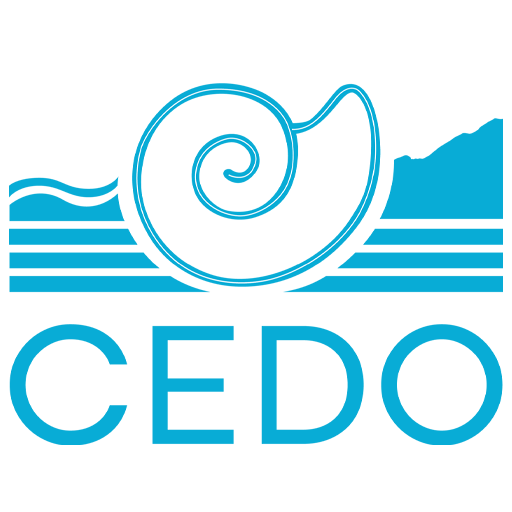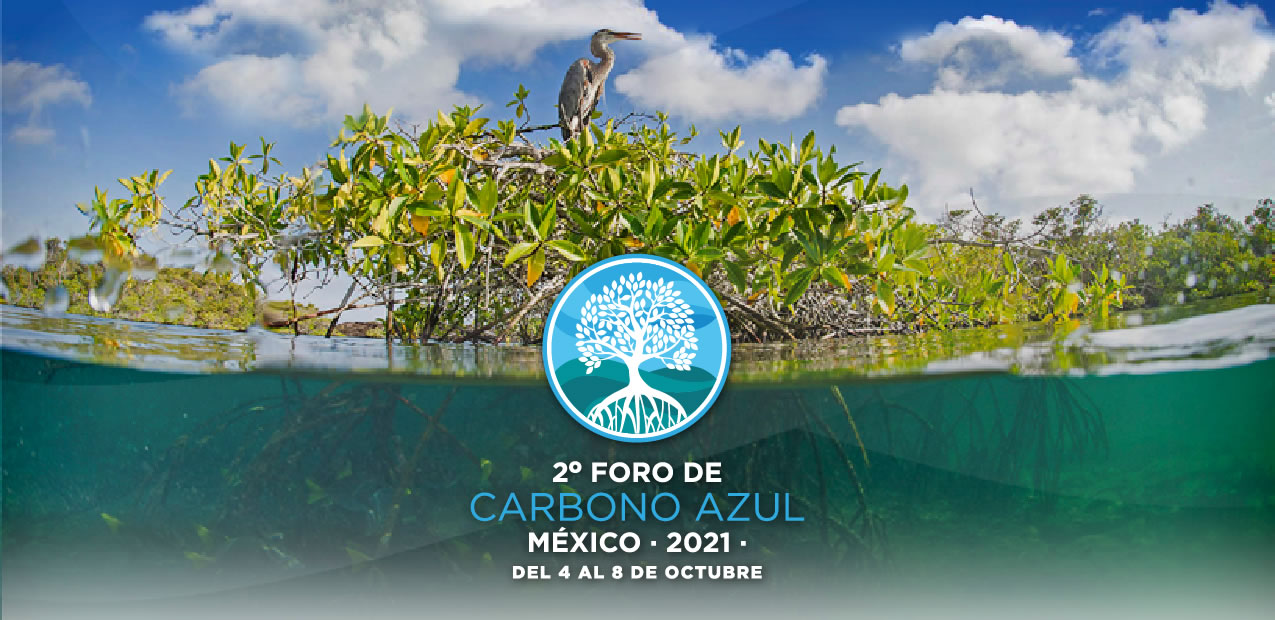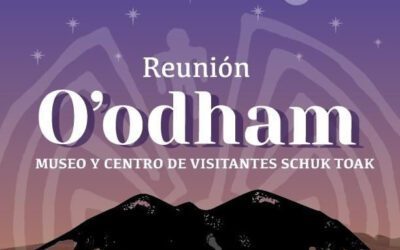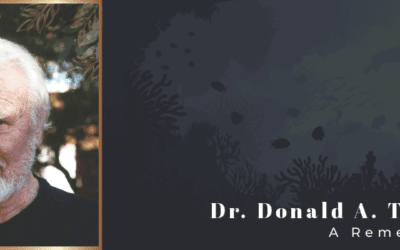[vc_row][vc_column][vc_separator][vc_column_text]By: CEDO Intercultural | Cover photo: costasalvaje.org[/vc_column_text][/vc_column][/vc_row][vc_row][vc_column width=”1/2″][vc_single_image image=”2103″ img_size=”full” add_caption=”yes” onclick=”link_image”][/vc_column][vc_column width=”1/2″][vc_column_text]Nélida Barajas, Executive Director of the Intercultural Center of Desert and Ocean Studies (CEDO) took part in the second edition of the Mexico 2021 Blue Carbon Forum, held virtually from October 4-8, through the wildcoast.org platform and social media.
If we think of a natural solution to help combat climate change, the first thing that comes to mind is to plant more trees or protect forests and jungles. And it’s true, trees play a fundamental role in producing oxygen and capturing carbon dioxide, one of the main gases that produce the greenhouse effect that warms the planet.
There is, however, a trap that captures CO2 faster and more efficiently than forests. These are coastal marine ecosystems such as mangroves, swamps and wetlands, where large amounts of carbon are buried.[/vc_column_text][vc_single_image image=”2109″ img_size=”full” add_caption=”yes” onclick=”link_image”][/vc_column][/vc_row][vc_row][vc_column width=”1/2″ overflow=”default” css=”.vc_custom_1630596729458{margin-top: -40px !important;border-top-width: -20px !important;}”][vc_column_text]The mangroves, swamps and wetlands that make up coastal ecosystems are capable of storing 3 to 10 times more carbon than a terrestrial forest; the carbon stored in these ecosystems is known as Blue Carbon. Mexico ranks fourth in the list of countries with the greatest mangrove coverage, having a surface area of more than 775 thousand hectares (CONABIO, 2015). Globally, Blue Carbon ecosystems cover less than 0.5% of the marine surface.
In addition to the natural benefits, Blue Carbon is capable of attracting economic benefits. The carbon market is currently being promoted to reduce greenhouse emissions through the purchase of emission permits.[/vc_column_text][/vc_column][vc_column width=”1/2″][vc_single_image image=”2114″ img_size=”full” add_caption=”yes” onclick=”link_image”][/vc_column][/vc_row][vc_row][vc_column width=”1/2″][vc_single_image image=”2116″ img_size=”full” add_caption=”yes” onclick=”link_image”][/vc_column][vc_column width=”1/2″][vc_column_text]Although scientists know the approximate distribution of mangroves worldwide, 75% of which is concentrated in only 15 countries, salt marshes and seagrass beds are not yet sufficiently documented. Coastal ecosystems are increasingly recognized for their important role in sequestering carbon and for their potential to become sources of carbon emissions when degraded. Progress has been made to include these systems in financing mechanisms and national and international policies, but the full integration of coastal management activities as part of the country portfolio of solutions to mitigate climate change has not yet taken place.[/vc_column_text][/vc_column][/vc_row][vc_row][vc_column][vc_column_text]This opportunity to incorporate blue carbon into policy and management could lead to greater conservation (restoration and protection) of coastal ecosystems around the world, preserving and accentuating the multiple benefits that these systems offer to humanity.
COASTAL BLUE CARBON. Methods for assessing carbon stocks and emissions factors in mangroves, tidal salt marshes, and seagrass meadows. thebluecarboninitiative.org[/vc_column_text][/vc_column][/vc_row][vc_row][vc_column width=”1/2″][vc_column_text]The northern Gulf of California contains key wetlands and supports important commercial fisheries; its primary productivity exceeds that of almost all other marine habitats, and most of this productivity is exported to the open ocean as biomass. These wetlands also provide ecological buffers during storms, both on land and at sea.
CEDO’s work in the northern Gulf of California is central to the approach we use to seek and apply nature-based solutions to the challenges faced by communities, particularly those engaged in artisanal fishing, through an effort coordinated between governments, academic institutions and the private sector emphasizing the importance of Blue Carbon and climate change.[/vc_column_text][/vc_column][vc_column width=”1/2″][vc_single_image image=”2104″ img_size=”full” add_caption=”yes” onclick=”link_image”][/vc_column][/vc_row][vc_row][vc_column][vc_masonry_media_grid element_width=”3″ grid_id=”vc_gid:1636041457077-2a5c0cc4-e403-5″ include=”2122,2121,2120,2119,2118,2116,2115,2114,2113,2112,2111,2110,2109,2105,2104,2102,2101″][/vc_column][/vc_row][vc_row][vc_column][vc_separator style=”shadow” border_width=”2″][vcj_team_member image=”1972″ name=”About the Author:” layout=”style3″ image_ratio=”portrait” color_name=”#ca972e”]Intercultural Center for the Study of Deserts and Oceans CEDO.
CEDO Intercultural is a unique collaboration between non-profit organizations in Mexico and the United States. Operating under a United Executive Committee and inspired by a vision, mission, and strategic programs, CEDO pools its resources and experiences to offer realistic environmental and community solutions that recognize, respect, and drive cultural, socio-economic, and biological interconnections between Mexico and the United States.
[/vcj_team_member][/vc_column][/vc_row][vc_row][vc_column][vc_column_text][ctct form=”1153″ show_title=”false”][/vc_column_text][/vc_column][/vc_row]









0 Comments